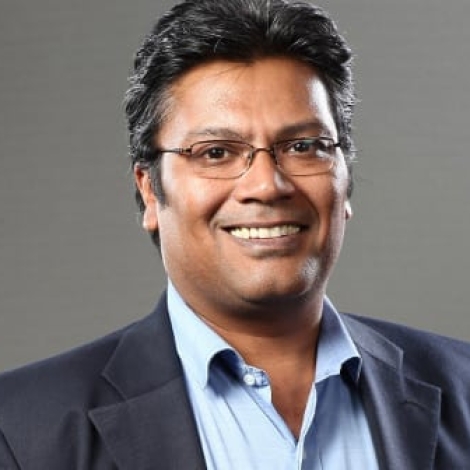Usability and human factors engineering will play a big role in product design, because ease of use is key if you want to impact outcomes, especially when there is a paucity of trained personnel.
Shyam Rajan, the Chief Technology Officer at GE Healthcare in India, tells us which medical devices are making an impact and where engineers should focus their efforts to make a meaningful difference. We asked Mr. Rajan five questions.
E4C: How big is the problem of safety and regulation in medical devices sold in developing countries? Do most organizations try to meet international standards?
SR: With reference to the work done in the area of affordable health care, at GE Healthcare, our goal is to provide solutions at the right price points without comprising clinical efficacy. Therefore we do not compromise on quality and absolutely meet international standards, both in terms of quality / reliability and certification / approvals.
E4C: What are some of the really interesting devices that you’ve come across in your career?
SR: Two products come to mind: the first is the MAC-i, a portable ECG device made for the emerging markets. This product revolutionized ECG by making the cost of an ECG lower that a bottle of drinking water in India. The second product that comes to mind is the Lullaby Warmer prime, a baby warmer that is meant for the emerging market to fight infant mortality rates. Both of these products were designed with the needs of the unserved and underserved markets in mind, and used a mindset of frugal innovation both in terms of technology as well as commercial processes such as distribution and service.
E4C: What advancement would you like to see next in health care imaging technology?
SR: Simplification of workflows, presentation of the most relevant information to the radiologist / clinician, innovative use of big data and analytics – all of which ultimately will lead to better clinical outcomes for the patient and improved productivity for the healthcare provider. I also believe that patient comfort during procedures both in terms of time taken as well as making the experience more comfortable will be a priority.
E4C: What field of technology should the upcoming generation of engineers focus on to develop to help meet needs in developing countries?
SR: In addition to the traditional engineering disciplines (mechanical, electrical, electronics, software) usability and human factors engineering will play a big role in product design because ease of use of equipment is key if you want to impact outcomes, especially when there is a paucity of trained personnel. Additive manufacturing, remote monitoring of critical care units and mobile based applications will also be useful areas to focus on.
E4C: Story time: When did you realize that you love your job and you’re in the right line of work?
SR: Some years back I met a 2 year old child and her parents when I was visiting a customer in the maternal infant care area. I was introduced to the parents by the neonatologist as the person who was responsible for the lullaby range of warmers and incubators. I was surprised as I had never been introduced to anyone that way in the past. It turned out that the now 2 year old child was severely premature at birth. It was touch and go and the child had been treated and cared for on one of our incubators at this clinic for a very long period of time (almost 3 months). It also turned out that the child was completely normal when she was discharged.
The expression of gratitude on the mother’s face, the twinkle in the child’s eye and the warm handshake of the father while he said “Thanks” convinced me that I am in the right line of work.

